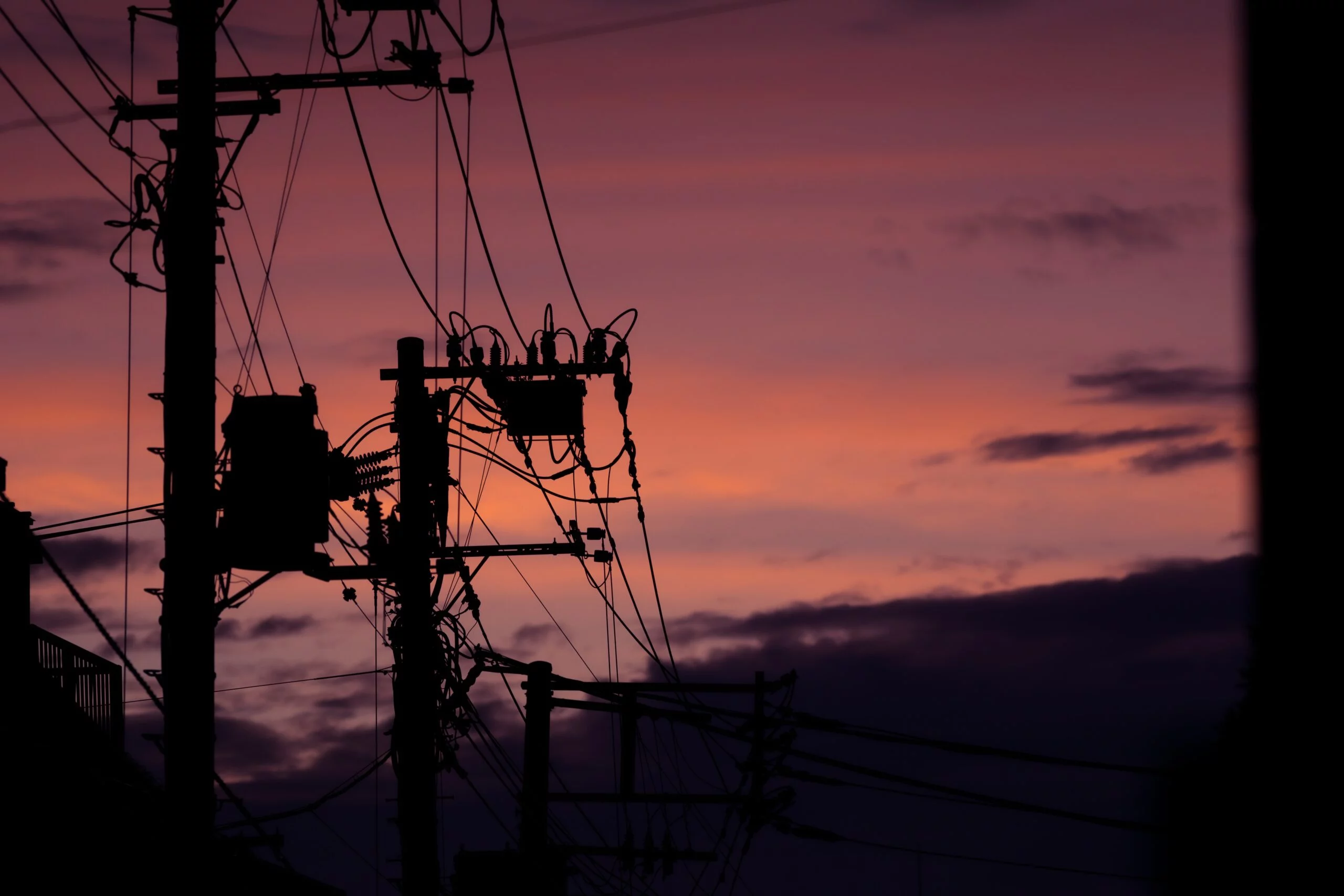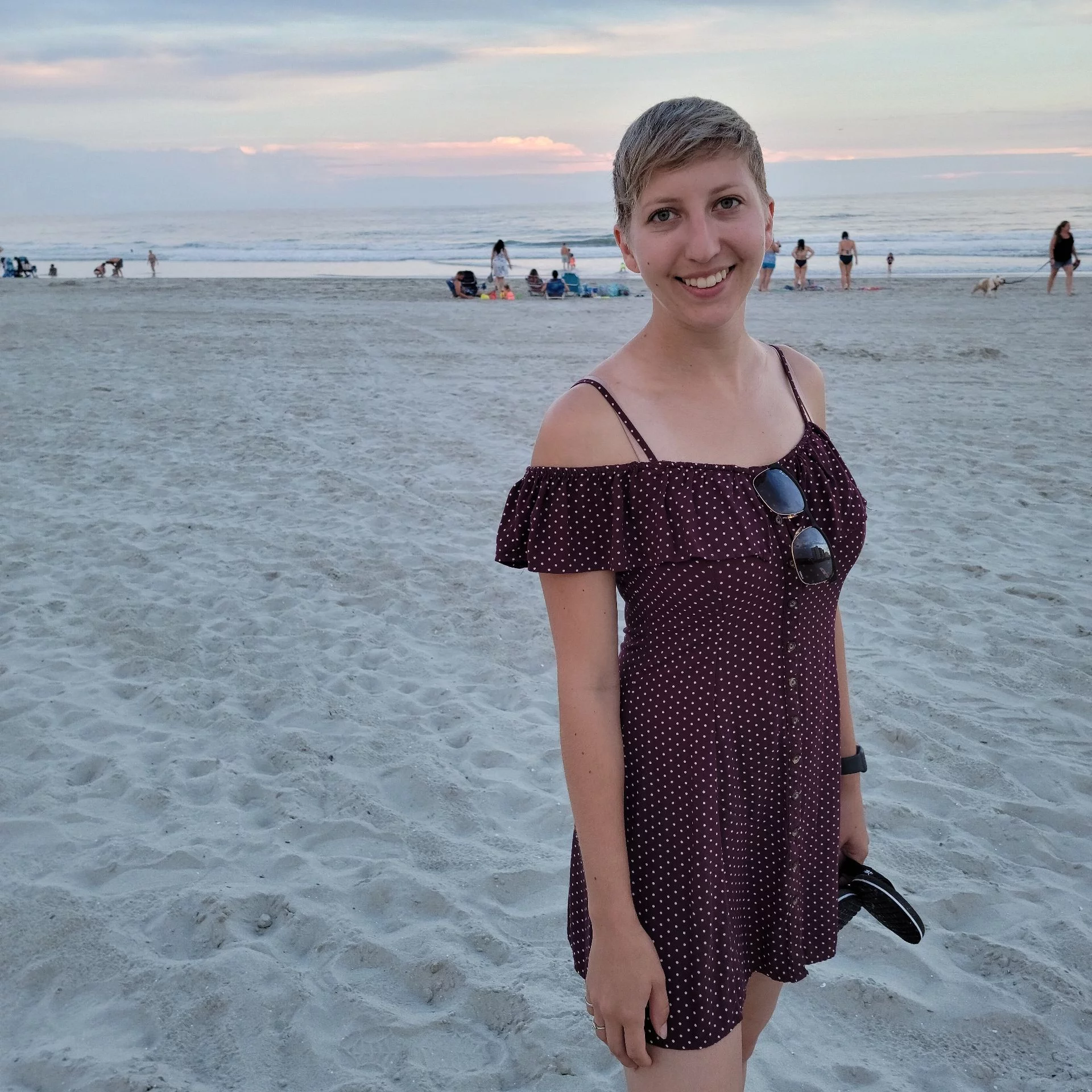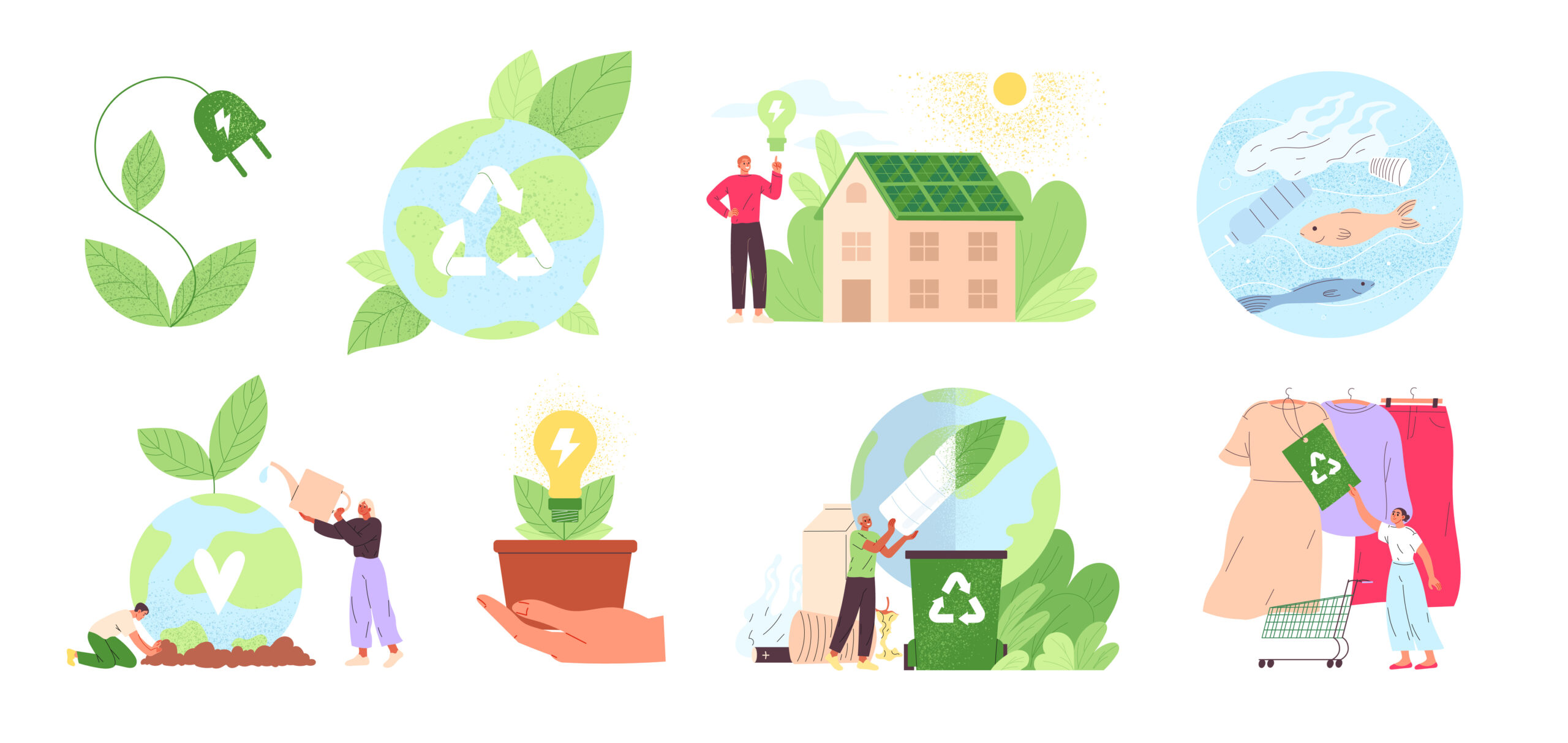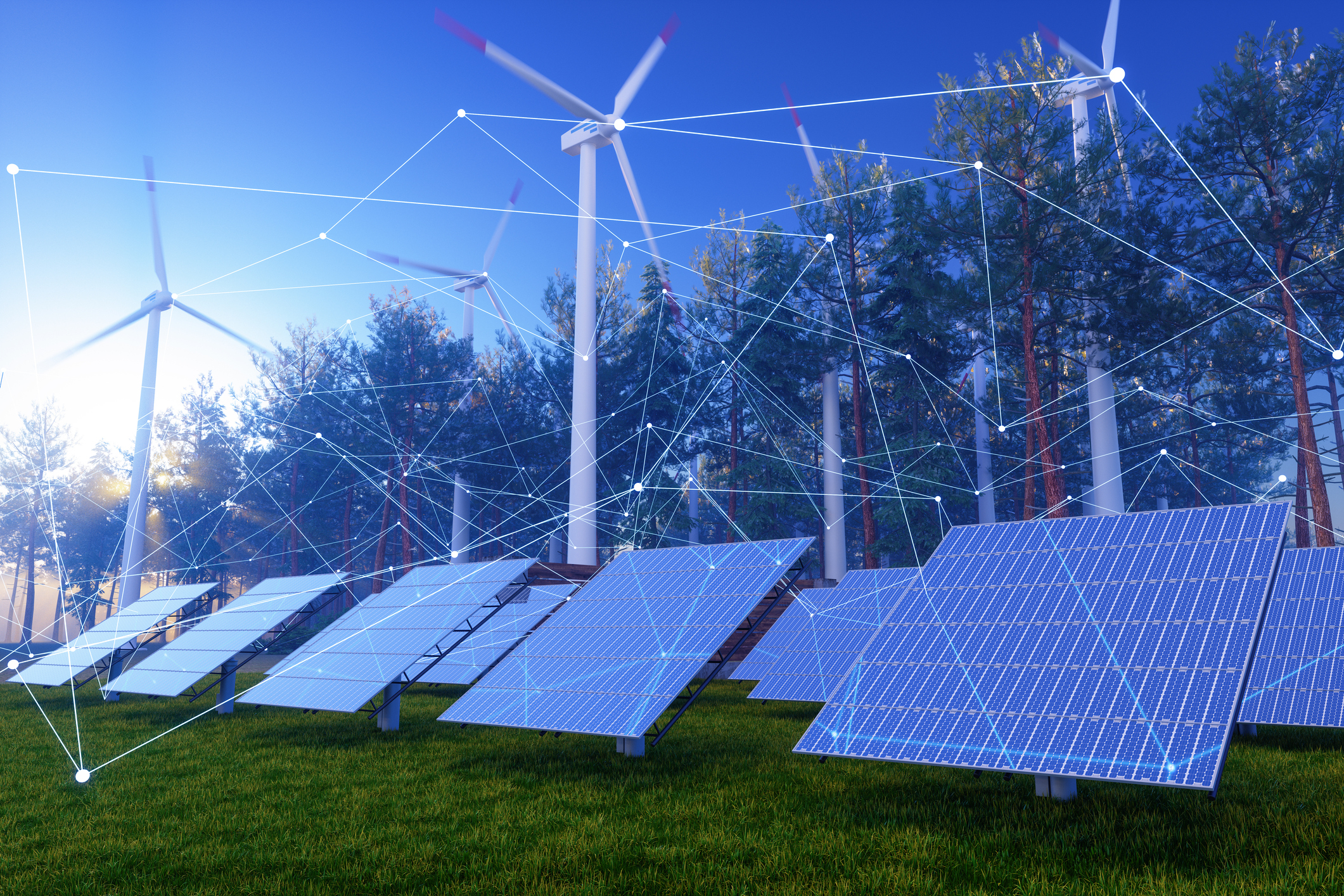How To Call Demand Response Events

Maybe you’re on the fence about initiating a demand response (DR) program. Perhaps it’s the costs involved in the development, in finding the right type of device management system to control the variety of devices you’ve had, or maybe you just don’t see the need. Unfortunately, as global energy needs develop and evolve, demand increases. And that demand isn’t something that every utility across the planet can always meet, causing blackouts or other infrastructural challenges that leave customers in the dark. What if we told you that starting a DR program is simple and that calling a demand response event is just as easy? Join us as we walk through the basics necessary for any project manager to get started.
U.S. Energy Sources
The EIA reports that 79% of all energy used in the United States comes from non-renewable energy sources including petroleum, coal, and natural gas. Not only are fossil fuels toxic to the environment, but, because fossil fuels are a finite resource, they are and will only increasingly become more expensive over time. Whether to curtail blackouts, lower bills or just reclaim their own power, some consumers are turning to distributed energy resources (DERs) like solar and battery storage devices to leave the grid behind. Coupling that tech disruption with increasing weather extremes and supply chain challenges, utilities are faced with fresh challenges in balancing a complicated grid. One simple solution is to implement a demand response energy conservation program.
What is Demand Response?
Let’s take a quick pause to address the elephant in the room: what is demand response? In all likelihood, if you’re reading this you already know, but we believe that every message we send could be an opportunity to learn something you might not have known before. In short, demand response is a subset of demand flexibility strategies meaning to shift usage during peak times of demand. Broadly speaking, that means that program participants cede control to a device—typically a smart thermostat or water heater—to help conserve energy. Events are called during peak times of usage, which usually occur in the early evening hours when temperatures are at their zenith, and residents are home and busy using electricity to power their evening plans.
Pre-Event: Connecting Devices
Demand response events rely on various applications—often software—to manage. In starting a demand response program, utilities have to select the types of devices they want to control, and then they have to find the specific devices that they can control. What that means, is that part of setting up a demand response strategy is in determining which brand of device you can connect with, which will almost certainly necessitate a corresponding API to connect the device to your control system. Fortunately, some APIs are flexible, available, and easy to implement without requiring long waiting periods to deploy.
What Controls Your Devices?
Device control depends on your software solution. Often, utilities employ distributed energy resource management systems (DERMS) to control a variety of devices ranging from smart thermostats or water heaters to solar assets, stored battery energy, and/or managed charging strategies. Whatever the case, these devices rely on IoT technologies to connect, which is why access to broadband is an invaluable part of the Inflation Reduction Act.
While there are a variety of control strategies, real-time control allows for automated control capabilities, including things like price and rate responsiveness, which can prove useful in strategizing when to deploy events. That functionality can be expanded using load forecasting technology that helps predict needs as they arise through real-time and historical data. More on that in a moment.
What is a Demand Response Event?
By “event,” we mean any period of time wherein demand response strategies are employed. While control strategies and device types might vary, using a real-time control system in the cloud can optimize any smart device and control it to meet any operational goal. With the right events function, you can peak shave, manage intermittency, and optimize the grid.
Typically, devices are divided up by type and often can be grouped around the area of the grid by houses, which can then be linked by platoons (think: neighborhoods), etc. While it depends on the device type, in order to accomplish your objectives using the Virtual Peaker platform, first make sure:
- Devices are added
- Houses are added
- Devices are linked to Houses
- Houses are organized into Platoons
Once those steps are complete, you’re ready to start building a framework for controlling devices. Events are the mechanism used to time and organize device adjustments.
When To Schedule Demand Response Events
It’s critical to schedule demand response events that both meet your operational needs and never impact homeowner comfort. Remember: with real-time device control, utilities can better prepare for any eventuality, which is especially useful to meet volatile temperature extremes and an uncertain energy market. Demand response events can be configured in a tailored way given your needs and objectives. Only you know what the best approach will be, although the right SaaS-based software solution will help if you want assistance maximizing your resources.
Constructing Events
Once you’ve identified your use case and your operational goals for calling an event, you’re ready to start constructing your demand response event. While every device control platform is different, the Virtual Peaker platform features three main components to consider, as detailed in our The Anatomy of an Event section below:
- The Event Window
- The Device Commands
- The Event Schedule
Bear in mind that while the specifics may vary by provider, determining the demand response event time, the function of your devices and the specific window for event deployment are universally necessary to your plans. Once your parameters are set, demand response events can be called in one of two ways:
- If your device control platform allows for it, plan ahead and create an event template that will allow for a quicker turnaround time with subsequent events. Make sure to include a schedule of your events during this phase as well. By using this method, you can create regular, continuous schedules that operate on a recurring basis.
- Ideally, your device control platform will allow you to call instant events. This is critical in staying agile to the needs of the grid, without sacrificing your conservation strategies. This strategy can be used for ad hoc, last-minute events that are needed to be configured and called quickly.
The Anatomy of an Event
If your device control platform allows it, when creating an event template dictate the following components:
- Event duration
- Device commands
By creating a template, you can streamline your process to expedite programmatic deployment later. Irrespective of the tools at your disposal, setting the schedule and organizing the specifics of what you might like your devices to do is a critical aspect of any demand response event. For example, the smart water heater PowerMinder program at SMUD schedules events for off-peak periods in advance of a high-demand day. Their program only utilizes smart water heaters that can pre-heat and store water in advance, meaning that their customers are often unaware that the program is even active.
Ultimately, while events may be a little different per platform, in each case program managers are responsible for determining how, when, and why device control may be needed for program deployment. Since demand response events are critical in mitigating usage, make sure you know exactly how to answer all of your scheduling questions in advance, so that you can better encourage program participation.
Demand Response Event Windows
In the case of our platform, the event window is the amount of time you want the demand response event to occur. To get an understanding of what that might look like, here are the three categories of event windows that we use in our program to empower utilities to plan their demand response events:
- Pre-event
- Event
- Post-event
You can use pre-event and post-event to “smooth” the request you’re making to devices during your demand response event. This may be especially useful when taking into account customer behavior, and helps you structure your event to reduce “opt-outs.”
Event Scheduling Example
Suppose, you want to call a demand response event in an area (we call them “platoons”) filled with HVAC units. To help prevent customer discomfort, you can set up multiple event windows per demand response event to minimize any discomfort for customers. For example, your schedule might look like:
- Pre-Event: Two hours before the demand response event start time, change the relative temperature +/- 2 degrees
- Event: At the event start time, change the relative temperature +/- 2 degrees, resulting in a total + / – 4 degree change from the original set temperature.
- Post Event: Two hours after the event start time, change the relative temperature back +/- 2 degrees.
This would reduce the demand for energy the most during the peak period of the event, and also smooth the changing of the temperature up or down so that the customer is less likely to notice and therefore less likely to opt out and manually adjust their thermostat.
Device Commands
Device commands are probably the first thing you think of when you start to consider how to control connected devices. Commands are the specific behaviors requested to devices. Knowing these command nuances of your chosen device(s) can help streamline your efforts.
For Example:
- You want to request a grouping of EV chargers to wait until the early morning hours to ramp up their demand for energy. For our solution, the device command for EV chargers is always Dispatch, which you can then dictate to Allowed Load or the Percent Shed to control the amount of energy used. Make sure that your demand response solution allows for that degree of control, which enhances the customer experience AND reduces energy usage.
- Suppose there is a grouping of DERs with battery-connected solar panels from which you want to request a discharge of stored energy during peak demand hours. For our solution, the device command during your event would then be dispatch in specific; check for a comparable field in your own software solution.
For some demand response control solutions, you may notice that device commands may change based on the device type. This corresponds with the OEM design, although for our platform you can access features like:
- Battery control modes
- Events: Templates – HVAC Modes & Example Template
- Water Heater Control Modes
Event Schedules
While functions like event templates and device commands outline the nature of device requests and their duration, they do not put those commands into operation; it’s not enough to organize and schedule your event. You need to dictate a schedule for when you want the event to happen. This is where event scheduling functionality comes in.
Operating a schedule of events is the last step in constructing an event, but the most important. Look for a software solution that not only allows you robust, real-time control, but also provides you with operational opportunities to edit or delete your demand response event if anything should change.
How To Call Demand Response Events Conclusion
Whether it’s a demand flexibility initiative like demand response or any number of DER strategies, having the ability to quickly and efficiently respond to the needs of an ever-evolving grid is critical. Especially as global decarbonization efforts have begun to shift the kinds of fuels we use from fossil fuels to renewable energies, having both a conservation and renewable energy objective is important to providing the grid security and affordable rate design that enhances customer satisfaction.






